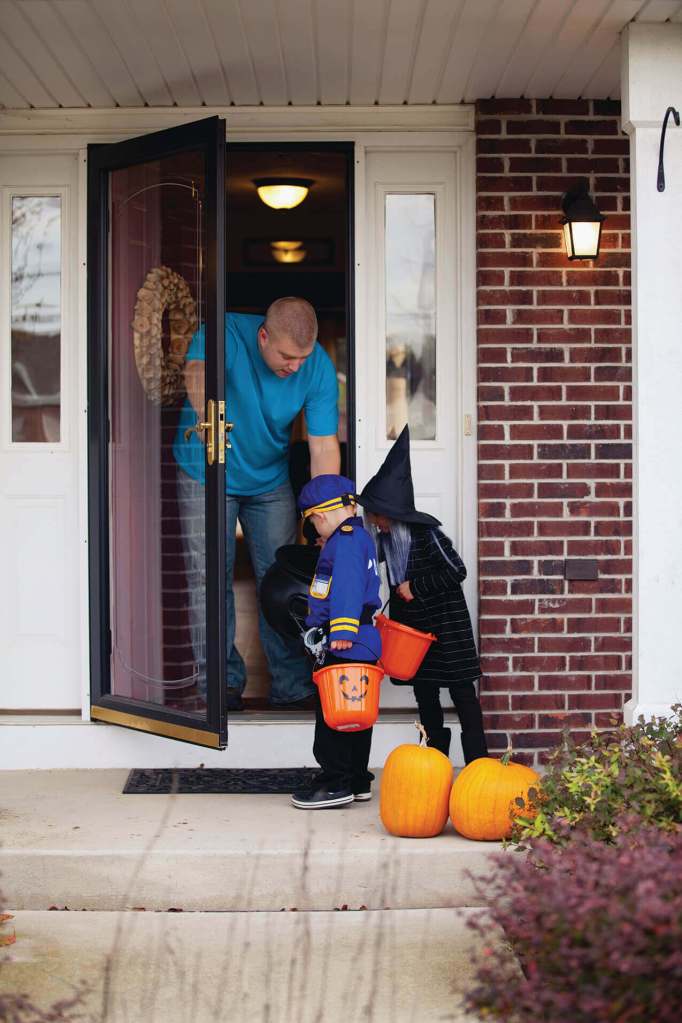Halloween is often just what the doctor ordered. Nestled between the start of a new school year and the arrival of the holiday season, Halloween is an opportunity for children and adults alike to have some fun as they dress up in costumes and indulge in some sweet treats.
Even though Halloween is designed to be an entertaining day, it’s not without its risks. The Child Safety Network says on average, two times as many child pedestrians die on Halloween compared to other days. Costume safety and food allergies are some additional hazards to contend with on Halloween. Parents can work together to help reduce the safety risks associated with Halloween.
Light It Up: Lack of visibility and dim lighting at night increase the risk of pedestrians being struck by cars on Halloween. Improving visibility can go a long way toward cutting down on accidents and related deaths. Homeowners can keep the lights turned on and perhaps illuminate neighborhoods even more by temporarily installing strands of Christmas or bistro-style lights.
Children can carry battery-powered flashlights, lanterns or even glow sticks to make them more visible. Reflective tape placed on candy bags or somewhere on costumes also can help.
Set Up Safe Trick-or-Treat Zones: The popularity of trunk-or-treat events that emerged several years ago took some of the risk out of Halloween by containing trick-or-treating to a parking lot at a school or church. Neighbors can establish something similar close to home by petitioning the town for permits to close a specific road or roads to vehicular traffic for a “block party” of sorts. Residents in the area can trick-or-treat and party in the street without risk of injury from cars. Ask participating neighbors to chip in for refreshments and entertainment, if desired.
Check Candy: Generation Xers may recall their parents warned against eating candy from Halloween before it could be inspected for hazards. Unfounded claims of dangerous items being lodged into candy perpetuated the suspicion of all Halloween confections for some time.
There is a risk of eating candy without thought, but that risk is now primarily related to food allergies. The United States Department of Agriculture estimates that, each year in the U.S., allergic reactions to food results in 30,000 emergency room visits, 2,000 hospitalizations, and 150 deaths. Common allergens include peanuts and other nuts as well as eggs and dairy. Others may be intolerant to ingredients like gluten or soy. Inspecting candy nutrition information can help weed out candy that may cause a reaction for those with food allergies or other concerns.
Prepare Homes: Adults and parents can take additional steps to prepare their homes for Halloween. Keep the porch and front yard clear of tripping hazards, such as garden hoses, decorations and toys. Sweep away leaves and branches to prevent tripping or slipping. Restrain pets so they do not jump on trick-or-treaters. Offer a variety of treats for kids of all ages so trick-or-treaters get age-appropriate items.
Halloween fun and safety can go hand-in-hand this October.























